I-LAP peace museum: an enduring symbol of hope and tranquillity
The museum houses portraits of heroes who dedicated their lives to the struggle for peace.
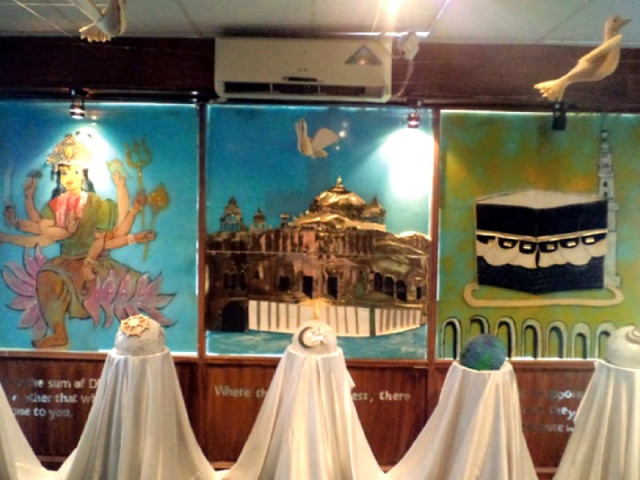
The museum is a hub for sacred books, symbols and relics belonging to different religions. PHOTO: I-LAP
While multiple ethnicities and religious communities are found in the country, one wonders why they cannot live in harmony. Why is the fine line between trumpeting tolerance and practicing peace so often blurred? How does coexistence play a part in a society where crime and injustice are effortlessly garbed as religious commandments?
Similar concerns have served as the basis for the manifestation of the country’s Interfaith Peace Museum in Islamabad. Situated at the headquarters of Interfaith League Against Poverty (I-LAP) — a non-government organisation that works to promote religious tolerance, peace and respect for all religions — the museum ranks 34th among the world’s peace museums.
Inaugurated in 2008, the museum is a hub for sacred books, symbols and relics belonging to different religions. It showcases scenes of conflict in countries affected by violence, including Syria, Myanmar, Afghanistan, Iraq and Japan.
Along the side, there are portraits of heroes who dedicated their lives to the struggle for peace, including Bacha Khan, the Dalai Lama, Mother Teresa, Martin Luther King Jr and Princess Diana.
Posters and paper-carved sculptures made by schoolchildren colour the interior with messages of hope and tranquility. An adjoining Peace Library has catalogues of books on theology, history and philosophy of world religions.

But more than a resource for study and dialogue, the museum is an enduring symbol of peace that spells out the notion that despite social and cultural constructs, the followers of various faiths are one on a human level.
“After 9/11, the world was divided into two blocks, the East and West. With the ensuing conflict, the need to observe peace was greater than ever,” said I-LAP Chairman Sajid Ishaq, who is an elected executive board member of the International Network of Peace Museums.
On the surface of it, we may consider ourselves a peace-loving nation but have we really understood what it takes to be one? Ishaq believes there are four stages to achieving such lofty goals.
First comes the understanding of one another’s ideas and perceptions, followed by the acceptance of religious rituals and practices in society which lead the way for tolerance of one another’s behaviour and actions. Finally, forgiveness to be unequivocal regardless of cast, creed or religion.
We have turned terrorists into heroes by spotlighting them on mainstream media while the voices of peace remain deliberately hushed.
The media and regulatory authorities should come on board and implement the relevant policies, Ishaq said.
On the other hand, changing conventional mindsets would require political will and bringing clerics on board, especially to reach the grassroots levels, Ishaq highlighted.
He underscored harnessing youth potential to promote positive change at schools, colleges and universities.
Recalling the Christmas celebrations organised by members of the organisation’s Peace Youth Club at St Joseph Hospice in Rawalpindi last year, I-LAP Executive Director Nazia Ansari said, “As social beings, we cannot deny one another’s existence and live in solitude. We need to acknowledge and celebrate our differences, for it is such celebration that binds us into a diverse community.”
With regional offices in all of the country’s provinces, I-LAP focuses on creating awareness on interfaith harmony and promoting peace at the local, national and international level. It also works to fight illiteracy and provides relief, recovery and rehabilitation to the country’s disaster-hit areas.
Published in The Express Tribune, August 15th, 2013.

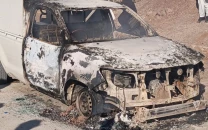


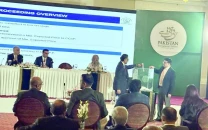
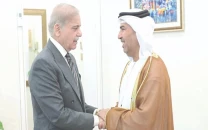
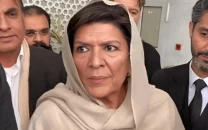












COMMENTS
Comments are moderated and generally will be posted if they are on-topic and not abusive.
For more information, please see our Comments FAQ